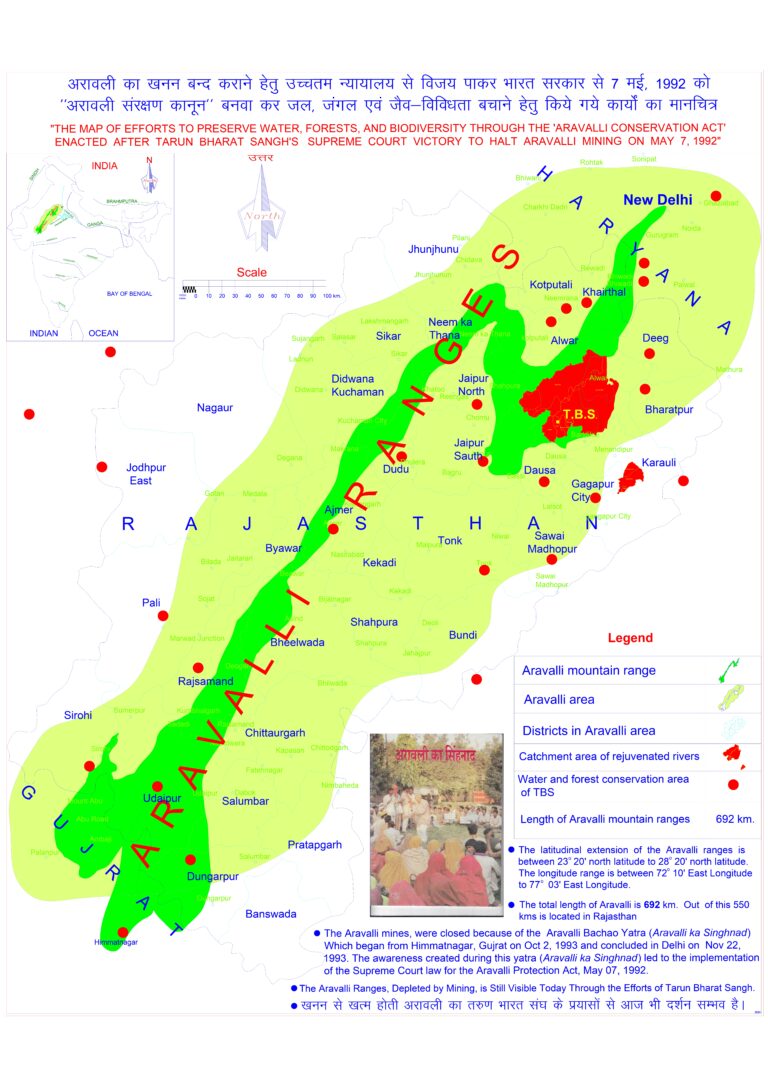
Khan Younis refugee camp, Gaza. Nearly 384,200 internally displaced people (IDPs) are sheltering in 90 UNRWA shelters in the Middle, Khan Younis and Rafah areas of the Gaza Strip. Due to continued bombardments in the southwest of Gaza area, the number of IDPs in the southern areas has increased by 16,000, with more than half of this increase in Rafah. Since 7 October 2023, the escalating crisis in Israel and the occupied Palestinian territory has caused large numbers of civilian deaths and injuries. In the Gaza Strip, airstrikes and a lack of medical supplies, food, water and fuel have virtually depleted an already under-resourced health system. Hospitals have been operating far beyond capacity due to rising numbers of patients as well as displaced civilians seeking shelter. Source: WHO
Rome: Conflicts are aggravating hunger in vulnerable countries and Gaza is just one case in point. More than half the residents of the Gaza Strip were estimated to be in acute food insecurity already in 2022, and escalation of the conflict there will increase humanitarian and emergency assistance needs even as access to the affected areas remains an alarming concern, the Food and Agriculture Organization (FAO) of the United Nations said today.
Citing the 2023 Humanitarian Needs Overview (HNO), FAO said a total of 1.5 million people (28 per cent of the population of Gaza and West Bank), were estimated to be in acute food insecurity and needing immediate assistance between May and July 2022: 1.2 million in the Gaza Strip and 353, 000 in the West Bank. Conflict escalation in October 2023 further increased humanitarian needs.
FAO said that spillover effects from the conflict could worsen food insecurity in Lebanon. According to the Integrated Food Security Phase Classification (IPC) Acute Food Insecurity Analysis, about 1.29 million Lebanese residents (33 per cent of the resident population) and 0.7 million Syrian refugees (46 per cent of the total number of Syrian refugees in the country) were estimated to be in IPC Phase 3 (Crisis) or above between September and December 2022. This number increased to 1.46 million Lebanese residents (38 per cent of the resident population) and 0.80 million Syrian refugees (53 per cent of the total number of Syrian refugees in the country) between January and April 2023.
Persisting and intensifying conflicts are aggravating food insecurity, and moderating international food commodity prices are being countered by weak currencies in many low-income countries. A total of 46 countries around the world, including 33 countries in Africa, are assessed to need external assistance for food, according to the latest Crop Prospects and Food Situation report, a triennial publication by FAO’s Global Information and Early Warning System (GIEWS), also published today.
While world cereal production is forecast to expand by 0.9 per cent in 2023 from the year before, the pace of growth will be half of that rate for the group of 44 Low-Income Food Deficit Countries (LIFDCs), the report notes. It offers detailed information about food insecurity and price trends that people face on the ground in the affected countries. It also provides a detailed assessment of regional cereal production and trade prospects around the world.
In the conflict zone of Ukraine, the 2023 Humanitarian Needs Overview estimated at least 17.6 million people needed multisectoral humanitarian assistance in 2023 due to the war, including over 11 million in need of food security and livelihood interventions. This although Ukraine continues to be a significant supplier of food commodities for the world.
In Ethiopia, the 2023 Humanitarian Response Plan revealed that about 20.1 million people were officially estimated to be facing severe acute food insecurity, mainly due to the lingering impact of drought conditions in southern areas between late 2020 and early 2023, the conflict in Tigray Region between 2020 and 2022, and high food prices.
In Myanmar, a protracted political crisis, conflict, economic constraints, high prices of main food staples, as well a reduction of 2023 agricultural output have compromised the fragile conditions of vulnerable households and the Rohingya internally displaced persons (IDPs). According to the latest figures (October 2023) from the United Nations High Commissioner for Refugees (UNHCR), the number of IDPs is estimated at 2 million. Most of the IDPs are located in the Rakhine, Chin, Kachin, Kayin and Shan states of Myanmar.
In yet another conflict zone, Sudan, high food prices have put about 20 million people in need of emergency food and livelihood assistance, since the conflict broke out in mid‐April 2023, severely damaging livelihoods, paralysing economic activities, triggering a surge in the already high food prices and causing large‐scale displacements.
In South Sudan, despite sustained humanitarian assistance, food insecurity still affects large segments of the population, owing to rampant inflation and insufficient food supplies, due to stagnant agricultural production, the impact of consecutive years with widespread floods and the escalation of organized violence since 2020. According to the latest available data, about 7.76 million people, almost two‐thirds of the total population, were expected to face severe acute food insecurity in the lean season between April and July 2023.
In Syria which faces civil conflict, based on the World Food Programme’s (WFP) ‘Consolidated Approach for Reporting Indicators’ (CARI), about 12.1 million people were assessed to be acutely food insecure (55 per cent of the total population) between August and October 2022, mostly due to constrained livelihood opportunities and continuously worsening economy. Although some international food assistance is being provided, Syrian refugees are pressuring host communities’ resources in neighbouring countries.
In Yemen, nearly 17 million people, or over 53 per cent of the population, were classified in IPC Phase 3 (Crisis) or worse between October and December 2022. Of primary concern are the 6.1 million people classified in IPC Phase 4 (Emergency) and the 4.3 million people who are internally displaced as a result of the conflict in the country.
In Mali, food insecurity conditions are primarily underpinned by the impact of the conflict in northern and central areas, which continues to disrupt livelihoods and markets, and has caused the displacement of over 375 000 people, as of April 2023, while humanitarian access constraints are very high. According to the latest CH analysis, about 1.26 million people in Mali were projected to face acute food insecurity during the June to August 2023 lean season period, including nearly 76, 250 people in CH Phase 4 (Emergency) and over 2,500 in CH Phase 5 (Catastrophe); this marks the first time a segment of the population has been assessed to face CH Phase 5 (Catastrophe) levels. In total, however, the number of food insecure people is lower in 2023 compared to 2022 in the country. Moreover, as of September 2023, the country was hosting approximately 66,000 refugees, mostly from Burkina Faso, Niger and Mauritania.
In Burkina Faso, acute food insecurity is primarily underpinned by a worsening conflict and, in particular, by the use of siege tactics by non‐state armed groups. Insecurity is hampering agricultural activities and driving up food prices, while humanitarian access constraints are very high. As of March 2023, civil insecurity resulted in the displacement of about 2.06 million people. As of June 2023, nearly 37,000 refugees and asylum seekers, mostly from Mali, were residing in the country. According to the latest CH analysis, about 3.35 million people in Burkina Faso were projected to face acute food insecurity during the June to August 2023 lean season, including over 604 500 people in CH Phase 4 (Emergency) and nearly 42 700 in CH Phase 5 (Catastrophe). At the aggregate level, this would be a slight decrease compared to 2022, when 3.45 million people were estimated to require humanitarian assistance. However, it marks the highest figure of people in catastrophic conditions (CH Phase 5) that has ever been projected for the country.
In Niger, another hotspot of conflict, political instability, and high food prices, according to the March 2023 CH analysis, about 3.28 million people were acutely food insecure during the June to August 2023 lean season period, including over 150 000 people in CH Phase 4 (Emergency).
Incidentally, in Pakistan, the latest IPC analysis projected the number of people facing high levels of acute food insecurity (IPC Phase 3 [Crisis] and above) between November 2023 and January 2024 at 11.8 million, due to the lingering effects of devastating flood impacts in 2022 and high domestic food prices.
In Haiti, which is reeling under natural disasters and civil insecurity, about 4.3 million people (44 per cent of the analysed population) are estimated to face severe acute food insecurity and need urgent food assistance between August 2023 and February 2024.
– global bihari bureau





